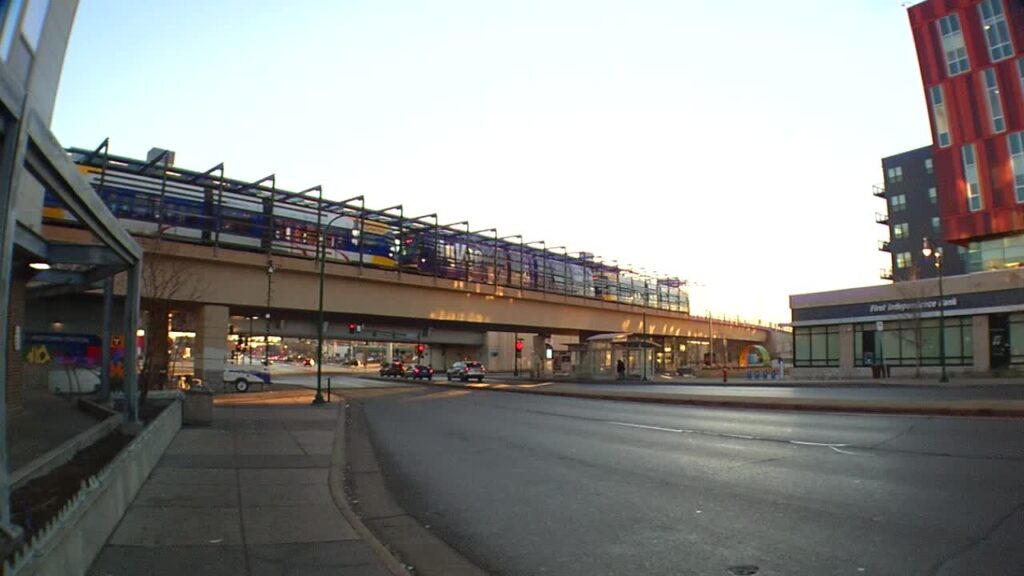New calls to ‘enclose every station’ in response to crime on Twin Cities light rail
Walk onto the Lake Street-Midtown and Franklin Avenue light rail stations, and you’ll notice a significant change at what had been two of the most dangerous locations to get on a train: security guards.
This week, Metro Transit’s general manager and chief operating officer joined 5 INVESTIGATES on those same platforms to talk about more changes that could be on the way.
“We’re studying what does a total remodel look like?” said Brian Funk, Metro Transit COO.
In addition to planned renovations at Lake Street, Funk is leading a study of possible security enhancements at four other light rail stations that could include gates and turnstiles.
Riders have criticized the open light rail system in recent years, blaming fare evaders for contributing to an increase in violent crime and drug use.
The St. Louis solution
In April, 5 INVESTIGATES traveled to St. Louis, where transit leaders are addressing similar problems with a $52 million plan to close off its entire system with fencing, full-height gates and turnstiles.
Now, there is more pressure than ever to do the same thing in the Twin Cities.
As part of a four-page special report in the Star Tribune this month, the newspaper’s editorial board called on Metro Transit to follow what it describes as “the safety-first effort in St. Louis.”
“I think what impressed me the most was their singular and unwavering commitment to passenger safety,” said Patricia Lopez, an editorial writer for the Star Tribune.
Among eight recommendations for Twin Cities light rail, the editorial board urged Metro Transit to “enclose every station” on the system.

“The main thing is you need to try different things because what we’ve been doing? Not working,” Lopez said.
Lopez credited Metro Transit for recent efforts to improve safety and acknowledged pushback to the idea of gates and turnstiles from those calling for reforms to address larger issues such as homelessness and addiction.
“You have to do what you can do,” Lopez said. “The focus has to be on passenger safety, and I think it’s important for the public to know that that is their primary commitment. That’s going to go a long way, I believe.”
Open to enclosures
Earlier this year, Metropolitan Council Chair Charlie Zelle told 5 INVESTIGATES “no one action” could improve safety and security on light rail, but the Star Tribune reports Zelle’s thinking on the matter has “evolved” and that he now says “he would be ‘shocked’ if the Lake Street/Midtown station is not fully enclosed as part of its upcoming rebuild.”
Metro Transit GM Lesley Kandaras stopped short of promising specific changes in the next year as the agency continues to look for ways to improve security, which will include administrative citations for non-paying riders starting in December.
“We do get the question frequently about why we have an open system, so it feels like now is the time to take a look at that.”